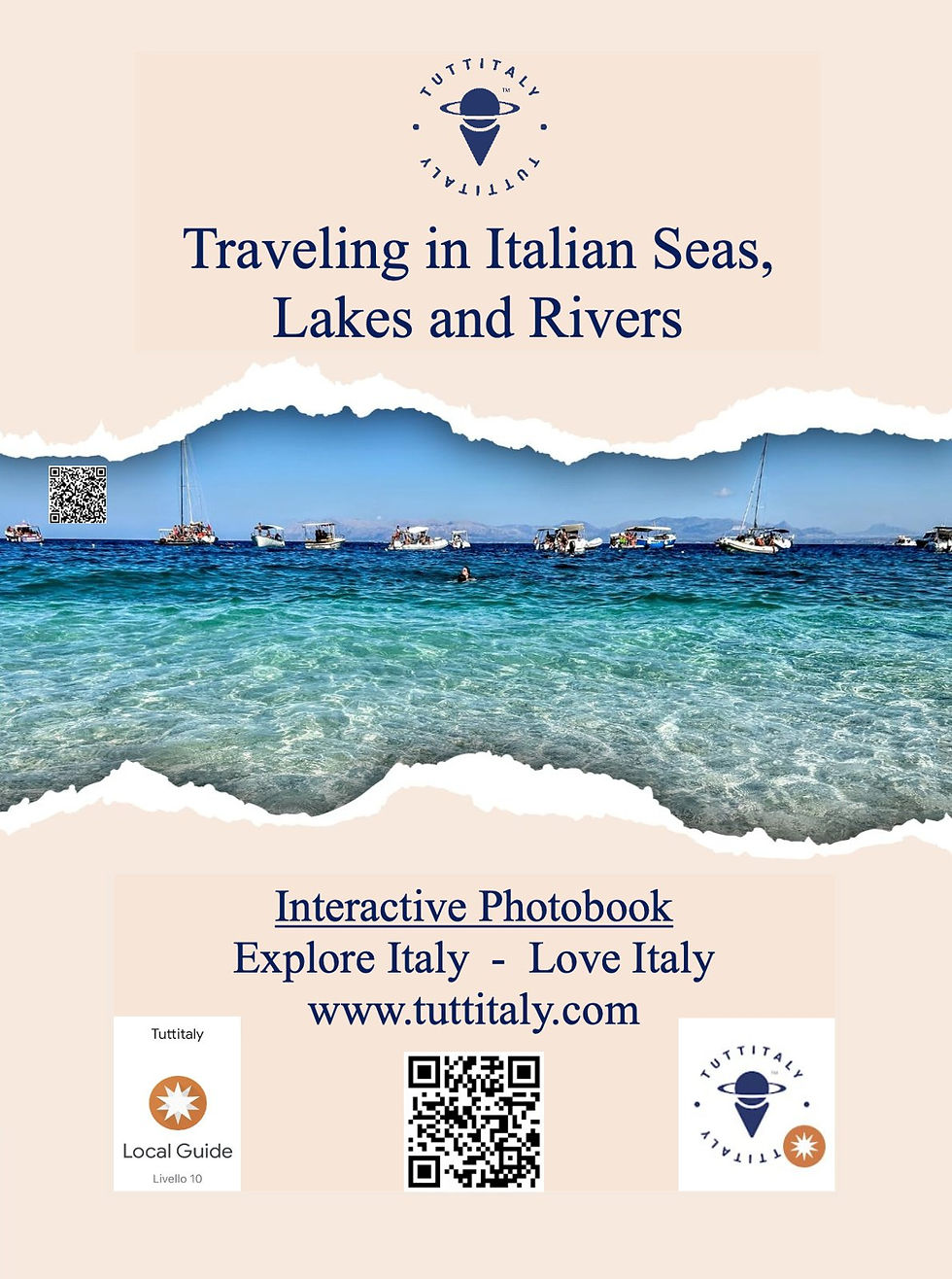City of Music and Bicycles ... bathed by the Adriatic, with its culture, its size, and its rhythms on a human scale, its heritage of yesterday and today, has made hospitality a vocation that it still wants today to grow and conquer... #tuttitaly
Pesaro is known for being the birthplace of Gioacchino Rossini, born on February 29, 1792. The composer, defined as the Swan of Pesaro, destined to be one of the world's most outstanding representatives of Italian music, spent his childhood in the building overlooking the current via Rossini (the then via Duomo). In 1892 the composer's house became a museum; a few years later, it was declared a national heritage.
What to visit
Do not miss the opportunity to see one of the many shows staged at the Rossini Theater, inaugurated on 10 June 1818 with the staging of "La Gazza Ladra" by Gioacchino Rossini. A critical passage point is Piazza del Popolo, overlooked by the Ducal, Post Office, Bavaria, and Municipal palaces.
The Palazzo Ducale is now the seat of the Prefecture.
Inside - the Salone Metaurense, where in 1465, the celebrations for the wedding of Costanzo Sforza with Camilla d'Aragona took place. The "hunting courtyard" and the "secret garden" stand out among the outdoor spaces.
The fountain in the center of the square is remarkable for the contrast between the red marble of Verona and the white stone of Istria.
Today's is a 1960s reproduction of the fountain destroyed by the Nazis in 1944 during World War II.
Visit the Civic Museums of Palazzo Mosca, whose patio you can admire one of the most photographed places in the Marches: the wall of books on the wall - an icon of the love for books and culture.
Via Abbondanza, you can admire the archaeological finds of the Roman Pesaro: a Roman domus from the 1st century AD. belonged to a wealthy noble of the ancient Pisaurum.
Noteworthy is the Rocca Costanza. In the past, the Rocca
was the home of the various lords who ruled the city, the seat of the papal troops, and then a prison for the Italian State. It can only be admired from the outside because it cannot be visited except on the occasion of some event.
Among the religious buildings - is the Cathedral of Pesaro. At the bottom of the left aisle, you will find the fresco depicting the Madonna and Child with Saints Peter and Jerome and, above, the dead Christ between two angels. Through the windows open in the floor, you can observe the extraordinary 900 m² mosaic floor, which dates back to the second foundation of the Church in the 6th century.
In addition, the cathedral preserves the relics of the patron saint of Pesaro, San Terenzio.
Pesaro is known for its splendid promenade with the Tomato Ball, the city's symbol. The real name of this art installation is Big Sphere, but it is commonly called the Ball. The sphere, lying on the surface of the water, is a bronze made in 1998 by the sculptor Arnaldo Pomodoro on the polyester model in Pesaro since 1971. It is a copy of the original work in Rome in front of the Ministry of Foreign Affairs entrance.
Pesaro has 7 km of beaches, which can also be reached by
the Adriatic cycle path: 12 km of cycle path along the coast from Pesaro to Fano. The fine sand, the shallow sea, and the equipped beaches make this place ideal for families.
Gastronomy
In Pesaro, seafood cuisine prevails, typical of the Adriatic: first courses, grilled fish, and fried foods. Among the first meat courses are macaroni alla Pesaro and cannelloni alla Rossini. Among the second course: beef, especially the Marchigiana. Among the wines: are Rosso Conero DOCG, Verdicchio dei Castelli di Jesi, and Verdicchio di Matelica.



























Comments